Considering Wallpaper? Here's How to Get Started
http://decor-ideas.org 01/18/2014 03:24 Decor Ideas
Just a few years ago, wallpaper was considered a fusty relic of another era. But in recent years, it’s come roaring back, riding a wave of popularity fueled by improved selection, an interest in textured surfaces and an increasingly sophisticated public exposed to interior design via TV and the Web.
Wallpaper can transform a room in ways that paint just can’t. “Paint is very flat,” says Gloria Hernando of The Wallpaper Company in Miami. “Wallpaper adds a very different dimension.” And with so many options to choose from today — including fabrics, grass cloth, cork, metallics and flocked, in addition to conventional paper and vinyl — the effects that can be achieved are limitless.
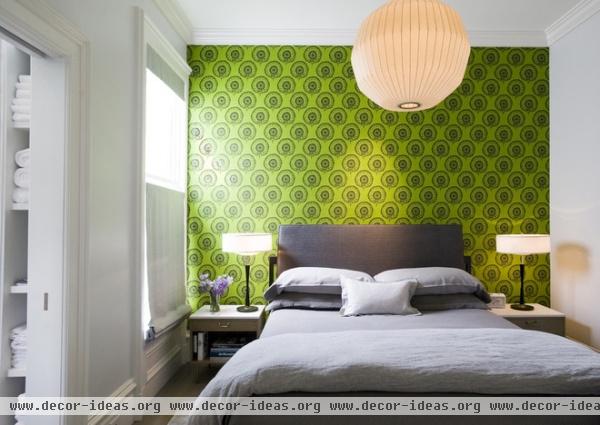
Project: Wallpapering a room.
Why: The new year is a great time to dress up a room with wallpaper (or wall coverings, as they are known these days, since many aren’t made from actual paper). The beginning of the year is a slow time for many installers, so you’re more likely to score a good deal, and you won’t need to wait as long. (Stay away from the end of the year, when schedules are filled with people trying to spruce up their homes for the holidays.) It’s a fun way to transform the look of a room without radically altering the space or investing in new furniture.
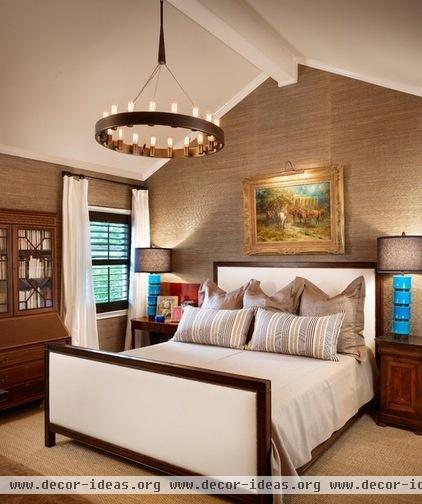
Who to hire: While it’s possible to hang wall coverings yourself, professionals usually advise against it unless you’re dealing with an inexpensive paper in a solid color. Otherwise, there are so many ways the project can go wrong (mismatched patterns, seam separation etc.), you could end up wasting time and paper and not saving much money. “If there’s a pattern, go with a professional,” advises Hernando.
“The best way to know if someone is a professional installer, as well as ethical, is to contact the National Guild of Professional Paperhangers,” says Lesley Baugh of Wallpaper By Lesley in Fort Worth, Texas.
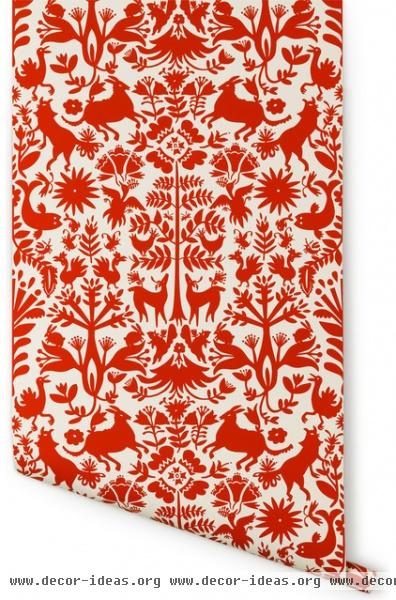
Otomi Wallpaper, Red - $125 Cost range: A single roll of wallpaper measures about 56 square feet. However, after waste is figured in, you won’t get much more than about 30 square feet of coverage.
To make matters more confusing, most wall coverings in America are sold in what are known as European double rolls. Most European papers are sold in what are called single rolls — which are the same size as an American double roll! (You’ll be quizzed on this later.) When ordering paper, make sure you clarify whether you’re talking about single or double rolls, and American or European coverings. Buy on Houzz
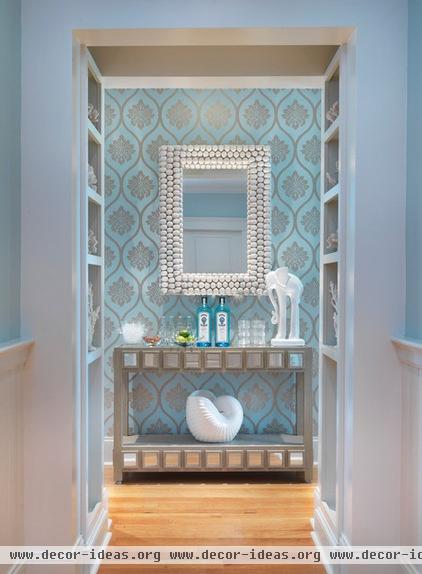
Wall coverings come in a nearly infinite array of styles and prices, but as a rule of thumb, you can expect to pay:
Around $35 to $50 for a single roll of low-end paperAround $140 for a roll of midrange paper$300 or more for a high-end paperInstallation costs depend on many factors: the size of the wall(s), your location, the wall covering, the condition of the walls, the numbers of obstacles etc. Given that, it’s hard to quote prices, but you can expect to pay $1.50 to $10 per square foot for professional installation.
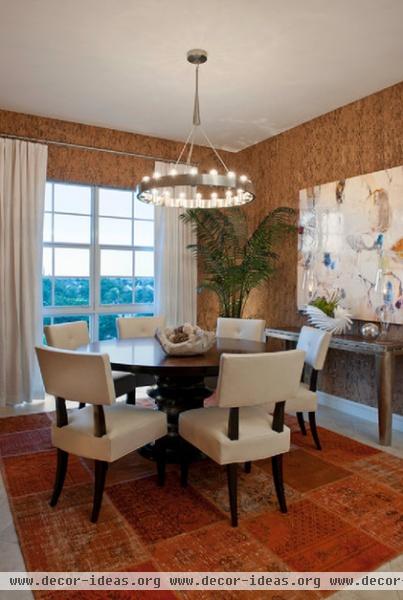
Typical project length: Allow one to two weeks for your wallpaper to arrive. (Make sure you order enough the first time; if you have to reorder, there’s a chance the batches won’t match.) Installation time depends on the size of your project.
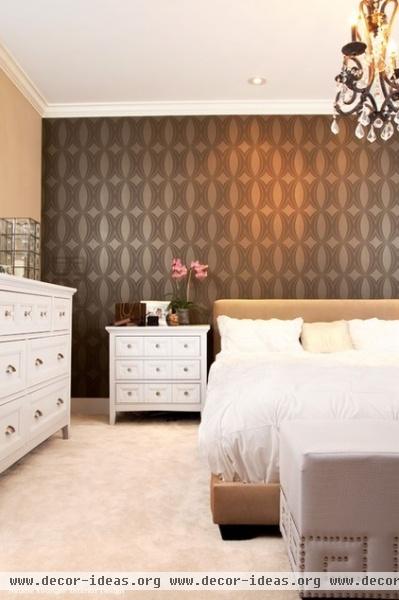
More: Not every room lends itself to wall coverings. “Wallpaper looks best on a big square wall with nothing on it,” says Greg McAllister, owner of All American Wallpapering in Murrieta, California. “When you start twisting and turning, it starts to look more homemade. It gives it a less finished look.”
McAllister says lots of customers today are opting to cover just a single accent wall. This gives you all the drama and texture of wallpaper without the huge commitment.
Not every wall covering is right for every room. In a moist room, like a bathroom, stick with vinyl. If you’re doing a hallway or a high-traffic area used by kids or pets, choose a flat, washable finish with a colored or patterned field that won’t show fingerprints. Never apply wallpaper to a textured surface — it won’t adhere.

First step: The Internet is a good place to start looking at wall coverings. (You’ll find a huge selection here on Houzz.) You can also find wall coverings at paint and decor stores, and at big-box hardware stores. A far more expansive selection is available from designer showrooms, but you’ll likely need to be working with an interior designer or architect to buy them.
Take your time choosing a wall covering. “Find something you truly love,” says Hernando. “If you find a paper you sort of like, you’re going to sort of like it when it’s up.” And unlike paint, you can’t just brush over it. “It’s a lot more tedious and costly to take down,” she adds.
More: Can’t Find the Right Wallpaper? Make Your Own
Related Articles Recommended












